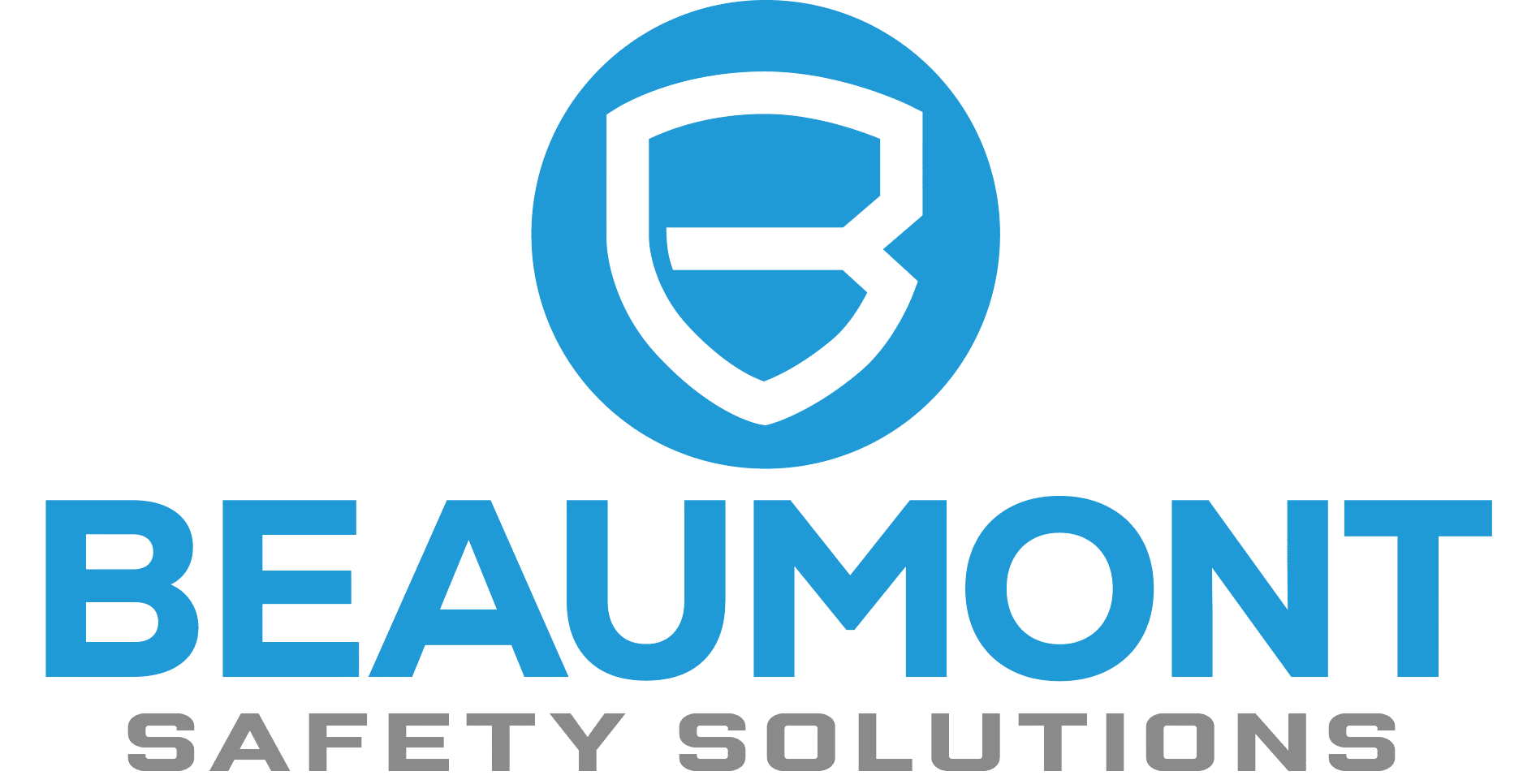
Guest blog: Dr. Madeline Sprajcer, CQUniversity Australia
Workplace fatigue can be caused by a combination of factors, including long work hours, the time of day when work is performed, and insufficient sleep. It poses a threat not only to worker health and wellbeing, but also to workplace safety and productivity.
In Australia, fatigue is considered a hazard under current Workplace Health and Safety (WHS) laws and must be managed within an organisation’s safety management system.
To help you get started, here are my top tips for managing fatigue:
1. Manage hours of work, but don’t ONLY manage hours of work
In the past, the conventional way of managing fatigue involved setting strict limits on workhours, such as requiring minimum rest periods or capping shift lengths. While this approachdoes reduce the likelihood that individuals will reach an extreme level of fatigue, it does notallow an organisation to identify and manage fatigue when it does occur within these workhours.
2. Consider a risk-based approach
Rather than relying on work hour limits in isolation, it is now considered appropriate in most industries to incorporate a risk-based approach to managing fatigue. This typically means incorporating risk assessment processes that can identify fatigue-related risk even when workers are operating within the bounds of your hours of work limits.
3. Support a shared responsibility framework
Fatigue should be managed via a shared responsibility framework – where leaders and workers both have a role to play. For leaders this will generally involve making sure that workers have enough time off between shifts to get sufficient sleep. Ideally, workers should have the opportunity to get 7 – 9 hours of sleep between shifts (in addition to having enough time for commuting, meals, and personal/family responsibilities).
For workers, this generally means ensuring that they do their best to get enough sleep during their time off and letting their supervisor and/or team know if they are feeling fatigued.
4. A just culture where workers can tell you if they are fatigued
In a workplace that embraces a just culture, workers are encouraged to speak up when they are feeling fatigued without the fear of negative consequences. This open and honest communication not only promotes trust but also plays a pivotal role in proactive fatigue management, ultimately creating a safer and more productive work environment.
5. Use technology to your advantage
Fatigue detection technology is becoming more and more common in industries where workers need to drive in the course of their employment. This technology will typically detect if the driver has a microsleep or if their driving performance is compromised (e.g., if they leave their lane). These technologies can be installed into heavy or light vehicles and can form part of an effective fatigue management system.
6. If in doubt, ask an expert
If you are unsure about the best approach to manage fatigue in your organization, don’t hesitate to seek guidance from a subject matter expert. Their expertise can provide valuable insights and tailored strategies to ensure a safer and more productive work environment.
About Dr. Madeline Sprajcer
I am currently a lecturer in the College of Psychology. My research interests include sleep psychology in vulnerable populations, unpredictable and non-standard working time arrangements, and managing workplace fatigue in safety critical industries. I am also interested in sleep in new parents, and fatigue and burnout in child and youth workers.
My PhD investigated the impact of on-call work on anxiety, performance, and sleep outcomes. Since then I have worked on a number of projects focusing on fatigue risk management, including work with the Australian National Heavy Vehicle Regulator and the Canadian workplace regulatory body WorkSafeBC.
I undertake research both in a laboratory environment and in the field (e.g., pilots, firefighters).
I also have experience in the review and development of industry fatigue management systems in a variety of industries, including rail, mining, healthcare, ports, and utilities.



